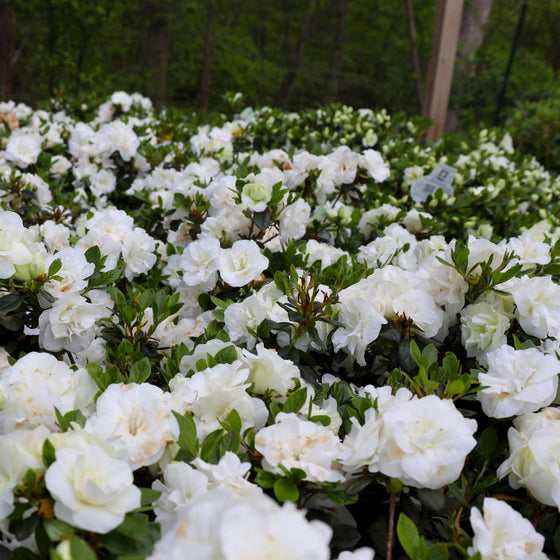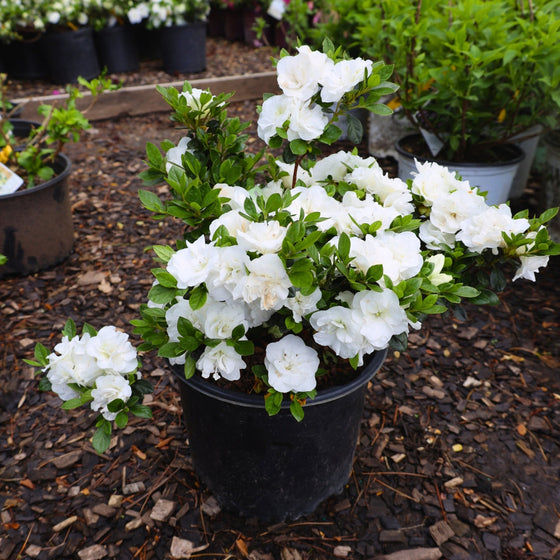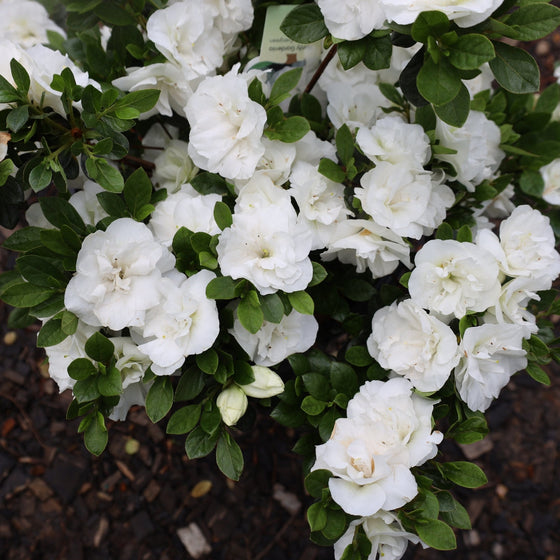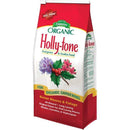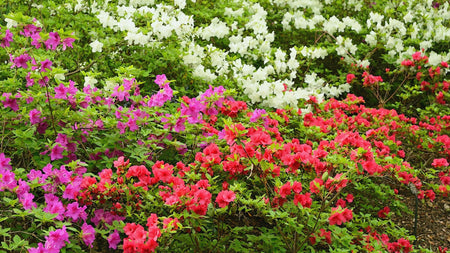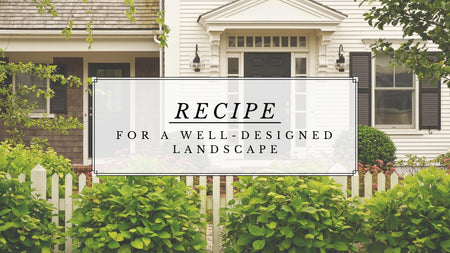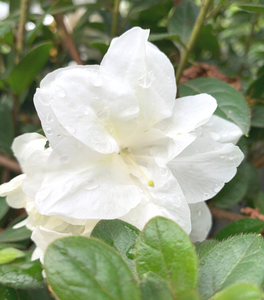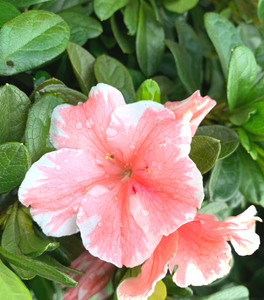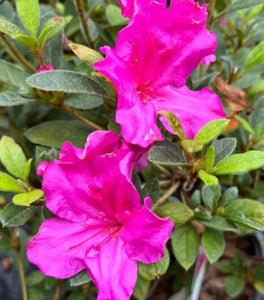
Images Depict Mature Plants
Azalea Hardy Gardenia Shrubs for Sale Online
Hardy Gardenia Azalea produces gorgeous white flowers on compact bushes perfect for small spaces. This azalea is also evergreen, although flowers are not produced year-round. This shrub is ideal in partially shaded spots. This small azalea maintains a height of 2-4 feet.
Hardy Gardenia Azalea is ideal in borders, foundation plantings, or as an accent, but it must be planted in well-drained soil. Azalea Hardy Gardenia is the most astonishing plant for your garden; even though it doesn't have a fragrance, this plant will make your garden look classy and fancy.

| Hardiness Zone: | 6-9 |
|---|---|
| Mature Height: | 2 to 3 Feet |
| Mature Width: | 2 to 3 Feet |
| Classification: | Upright, broad leaved evergreen shrub |
| Sunlight: | Part shade to filtered sun |
| Habit: | Upright |
| Foliage: | Dark green |
| Flower Color: | Vanilla white |
| Pruning Season: | Pruning not needed |
| Soil Condition: | Any well drained soil |
| Water Requirements: | Water well until established |
| Uses: | Extremely attractive when used as in the mixed border, or containers |
How to Care for Hardy Gardenia Azalea
Be sure to read our planting instructions to ensure a healthy and happy plant for years to come!
How do I water Azalea Hardy Gardenia Shrubs?
After backfilling and lightly compacting the 50/50 mix of existing soil and compost, give the Azalea Hardy Gardenia Shrubs a deep watering. Do not rush this process. Most of the water you put on the plant at first will run away from the plant until the soil is soaked. A general rule of thumb is to count to 5 for every one gallon of pot size. For example, when watering a one-gallon pot, do not stop until you count to 5. For a three-gallon container, you would count to 15 before stopping watering. For the first week, check the plant daily and then every other day. Be sure to water using the counting method for the first few weeks.
How do I fertilize Azalea Hardy Gardenia Shrubs?
Azalea Shrubs grow best if fertilized lightly in the spring once frost has passed with a well-balanced, extended-release fertilizer such as Espoma Holly-tone. Fertilize Azalea Hardy Gardenia again 6 to 8 weeks later to encourage extra flowers or faster growth of young shrubs. Either chemical fertilizers or organic matter can be used successfully with Azalea Shrubs. If chemical fertilizers are used on your Azalea Hardy Gardenia Shrubs, applying a slow-release, balanced fertilizer once a year is probably the simplest solution. However, slow-release is certainly not the only way to fertilizer Azaleas such as Azalea Hardy Gardenia. A less expensive fast-release fertilizer such as a 10-10-10 will work just as well if applied twice during the early spring and very early summer. Do not fertilize Azalea Shrubs after August.
How do I mulch Azalea Hardy Gardenia Shrubs?
We highly recommend that you mulch your Azalea Gardenia Shrubs with either a ground hardwood mulch or a ground cypress mulch depending on your local availability. Any mulch will do, but cypress or hardwood mulch will be of a higher quality. They will also provide better nutrition overall as they break down. Mulching helps keep weeds away that compete with your new investment for water and nutrients. A 2 to 3-inch layer of mulch is sufficient but remember to take care not to cover any part of the stem with mulch. It's better to leave a one-inch gap of space between the mulch and the stem or trunk of the plant.
How Do I Plant My Azalea Hardy Gardenia Shrub?
We recommend digging a hole twice as wide as the root system but not deeper. Depending on the quality of your existing soil, you may need to add locally sourced compost or topsoil to the back-fill soil. We do not recommend using straight topsoil or compost as a back-fill soil because these products will retain entirely too much moisture and will cause the root system to rot. Adding compost or topsoil will help the young feeder roots of Azaleas spread through the loose, nutrient-rich soil, much easier than if you used only the existing soil that more times than not will be hard and compacted. The most common cause of plant death after transplanting is planting the new plant too deep. That is why we do not recommend planting in a hole deeper than the soil line of the plant in the pot. A good rule is that you should still see the soil the plant was grown in after back-filling the hole.

